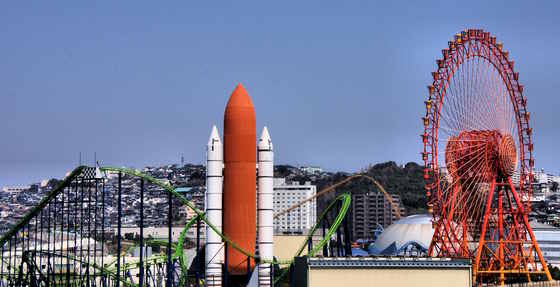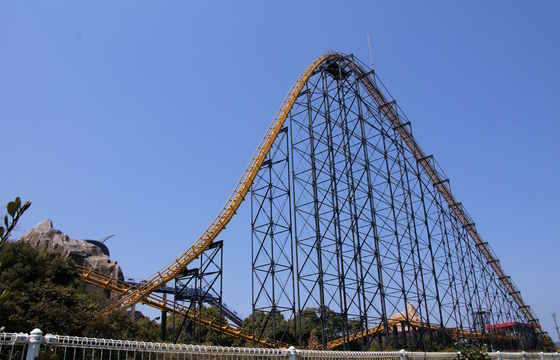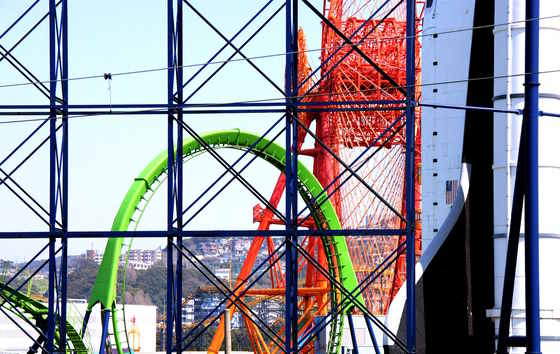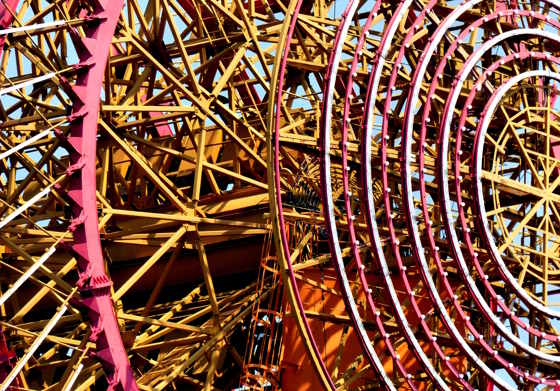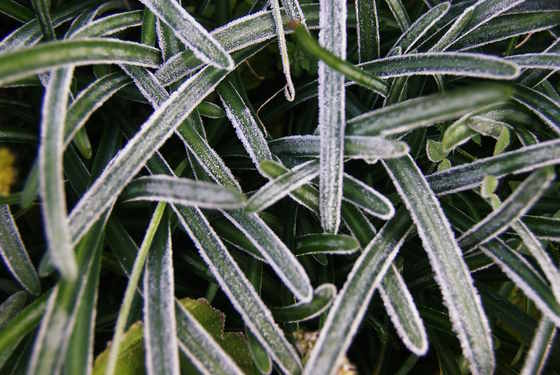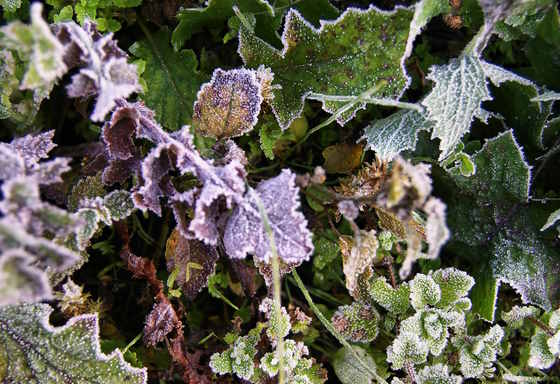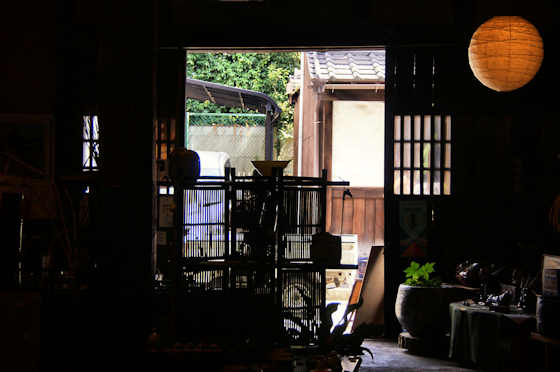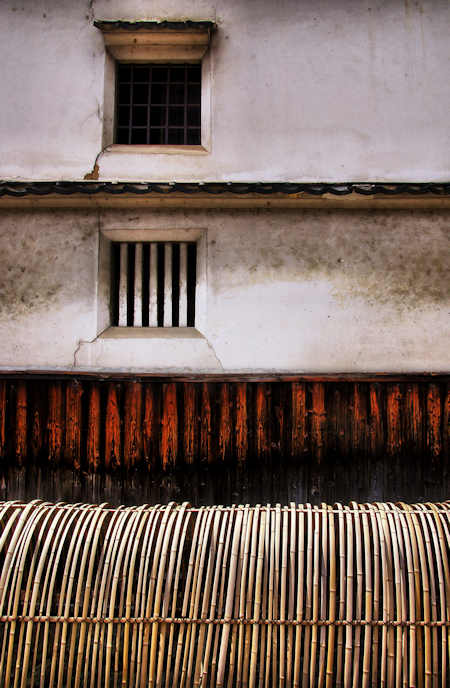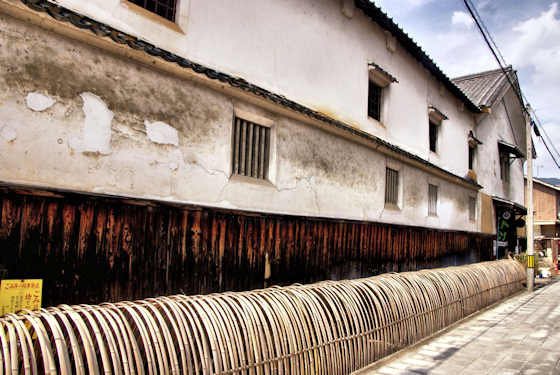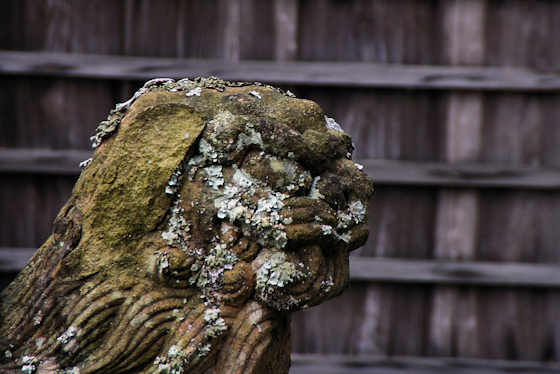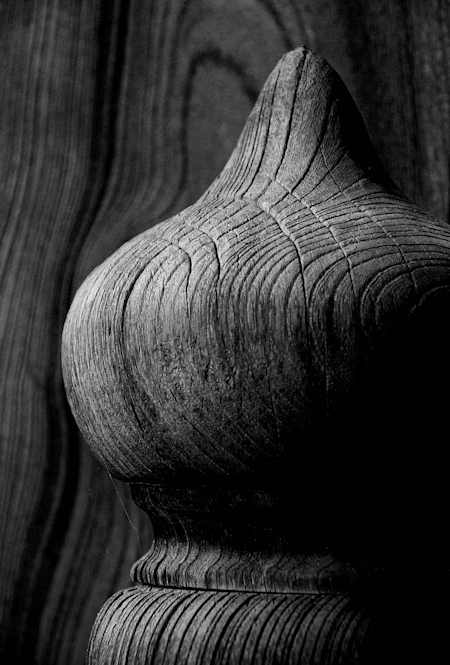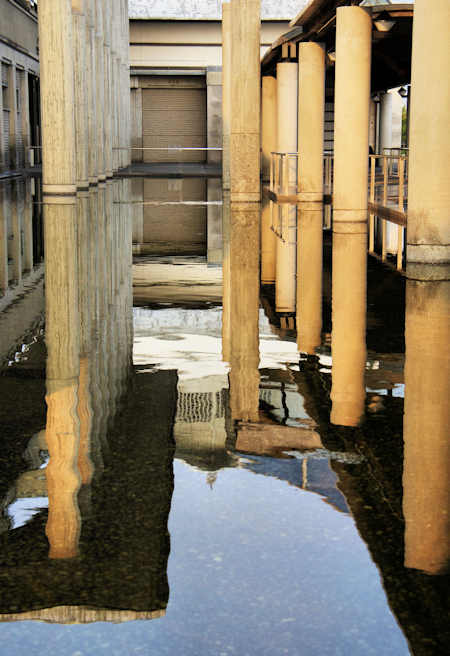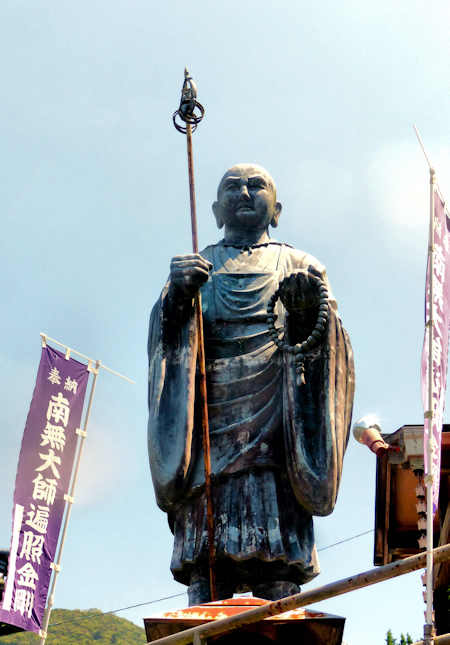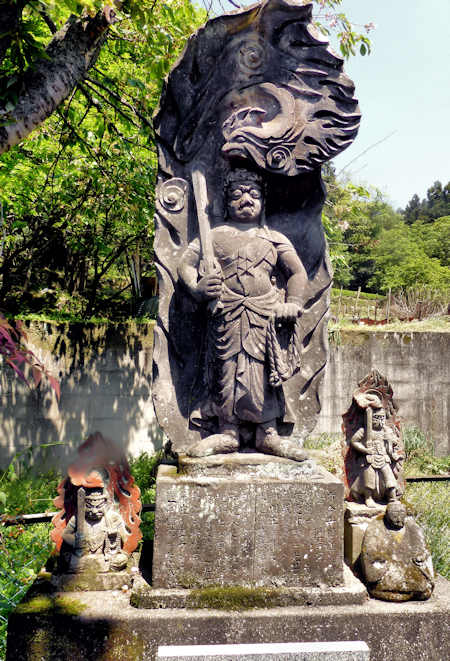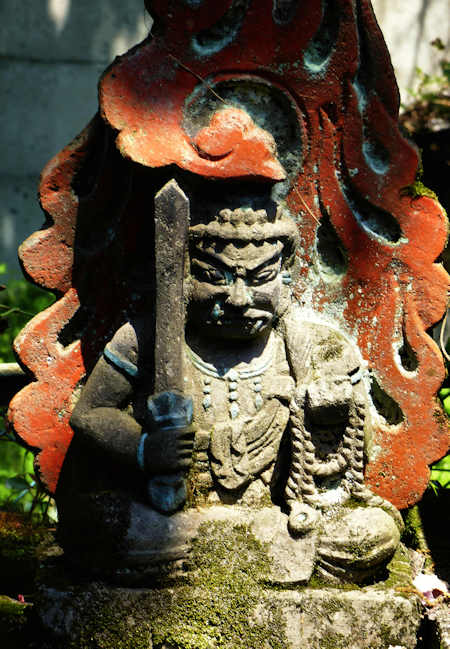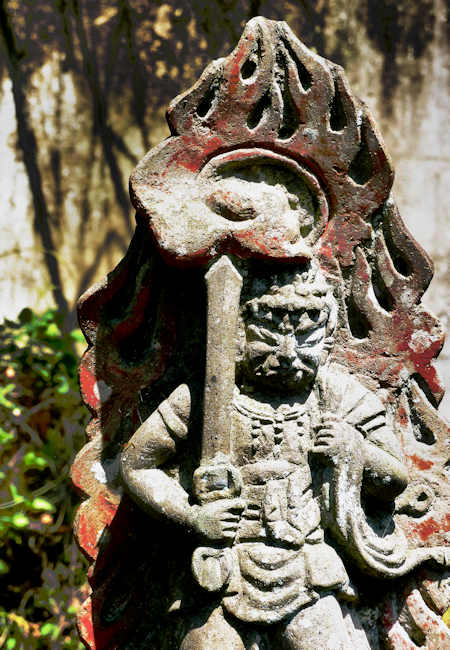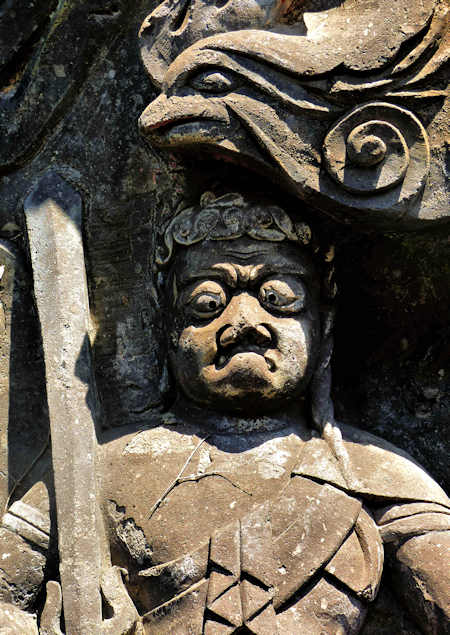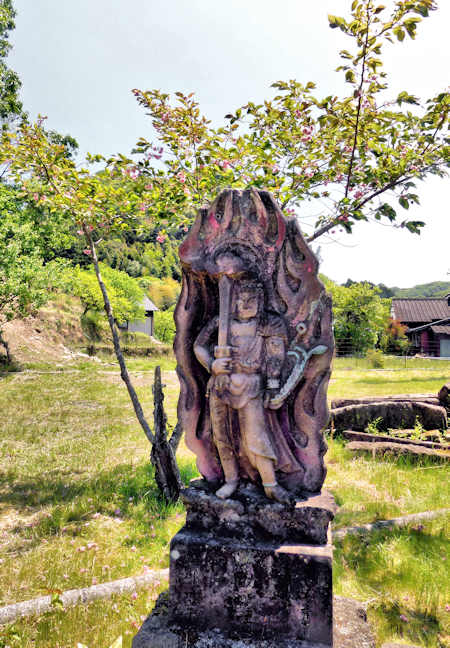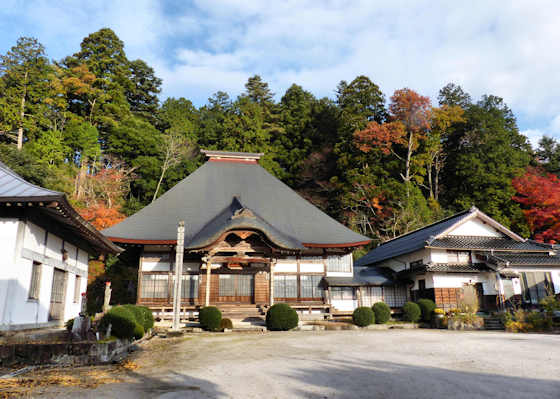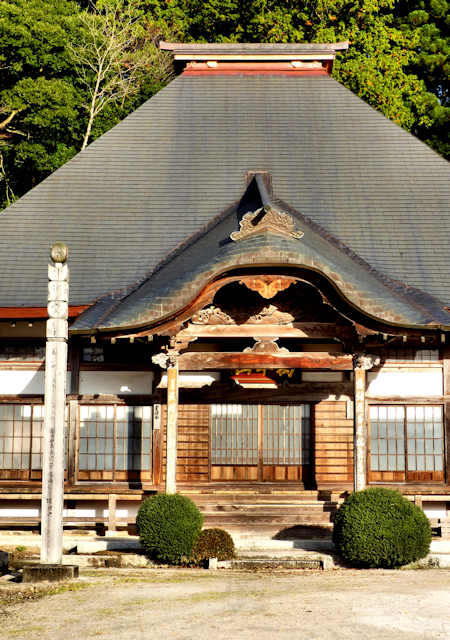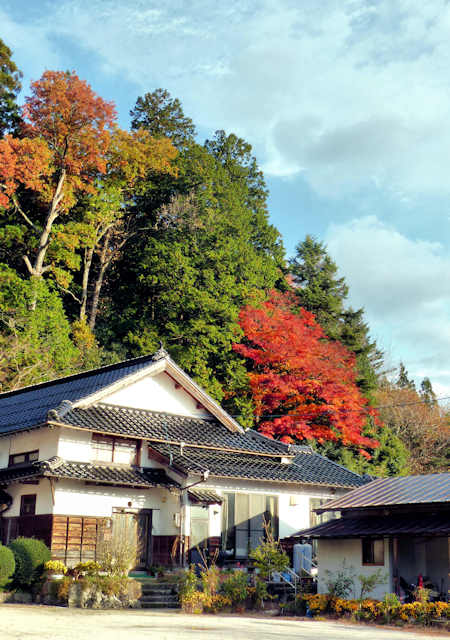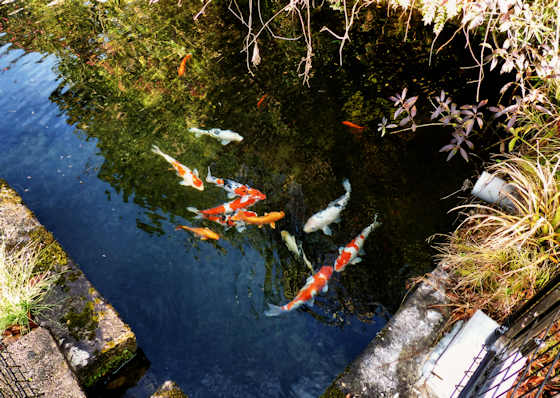Space World
Space World was a big amusement park in Kitakyushu built around the theme of space. It opened in 1990 on land that had formerly been part of Nippon Steel.
It featured a life-size replica of the space shuttle and its launch rockets, but really the space connection was rather tenuous.
The park featured 6 different roller coasters (with suitably space-themed names like Black Hole Scramble, and Titan Max.
The 100 meter high Ferris Wheel named Space Eye was the tallest in Kyushu when first built.
The park closed on 1st January, 2018 and was slowly dismantled and demolished.
The site is now The Outlets Kitakyushu, a shopping centre that is mostly outlet stores.
Previous Disappeared Japan posts include Yukaen Chinese Garden, and Awaji World peace Kannon.
